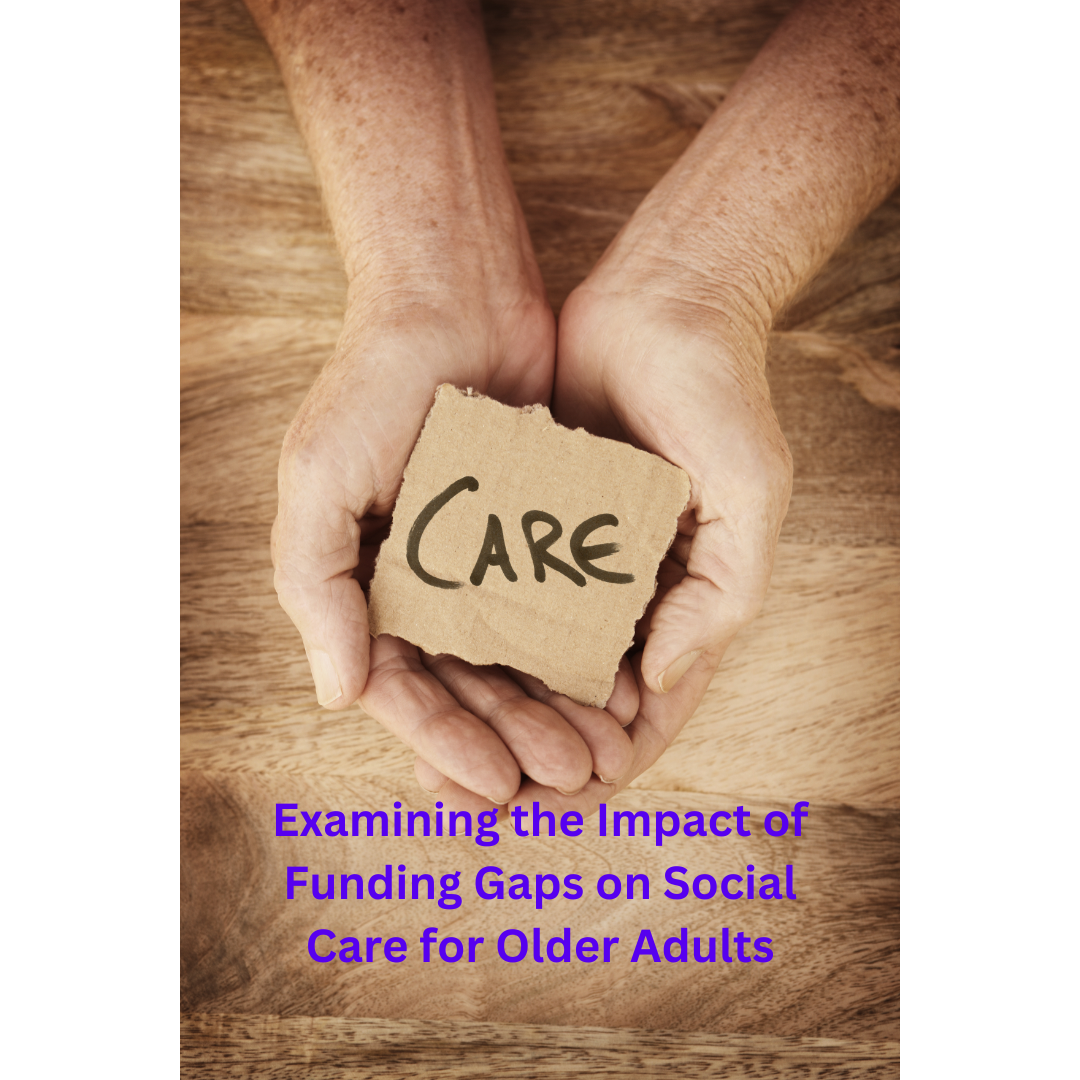In the era of increased aging populations and higher health demands, the social care services in England are cracking under pressure.
Stretched thin by consistent underfunding, a mounting workforce crisis, and a complicated bureaucracy, the social care system needs help to meet the needs of older adults. The pandemic has further strained an already fragile infrastructure, making it an urgent topic for discussion and reform.
A System in Decline
One of the most telling statistics is the 10% decrease in the number of older people receiving state-funded long-term support since 2015/16. Despite the total population of people aged 65 and above growing by 7.8% between 2015/16 and 2021/22, the number of those receiving state-funded care has dwindled. This raises crucial questions about how the state’s ability to provide quality care is eroding.
Tackling the Numbers
The metrics clearly depict a system in distress. The sector faced a significant workforce crisis with a staggering 165,000 job vacancies in 2021/22. For the first time in recorded history, the workforce actually shrank. Add to this the bottleneck of 245,820 adults waiting for an assessment as of August 2022 and an additional 29,570 waiting for care or support to begin. The waiting list dilemma is exacerbated by lengthy waiting times; around 33% of adults had to wait over six months for a social care assessment as of August 2022.
A Complex Means and Needs-Tested System
Publicly-funded care in England is allocated based on means and needs tests, and the thresholds for these are not generous. Those with assets exceeding £23,250 are required to self-fund their care, while those with assets below £14,250 can access full public funding, depending on their level of need. Yet even within these parameters, the system is not fulfilling its purpose. An increasing number of care requests result in no care being provided—27% in 2021/22 compared to 23% in 2017/18. This is a dire indicator that the social care system is failing to meet people’s needs.
The Informal Support Network
An alarming trend is the increasing reliance on unpaid caregivers. As of 2021, approximately 1.4 million people in England provided care for 50 hours or more a week. That’s an increase from 1.3 million in 2011. Despite this increase in informal support, the number of unpaid caregivers reporting that they could take a break from their duties dropped from 2 in 5 in 2014/15 to just 1 in 3 in 2021/22.
Unequal Distribution of Care
The data also shows a glaring inequality in care distribution. Poorer areas, which already have higher demands for publicly-funded care, are also the regions where unpaid caregiving is most concentrated. Moreover, the complexity of people’s needs is growing, especially as more elderly people are living with multiple long-term conditions. This calls for formal care, which is becoming increasingly inaccessible.
Changes in Nature of Care Requests
The nature of care requests is also evolving. Local authorities report a significant uptick in urgent care requests, often due to mental health issues, breakdowns in unpaid care arrangements, and safeguarding concerns. This signals a system ill-prepared for the complexities of contemporary care needs.
Self-Funders Face Difficulties Too
Notably, the care crisis doesn’t just affect those who rely on public funds. The self-funders, making up 28% of community-based care service recipients and 39% of care home residents, often have to pay more for their care to offset reduced local-authority fees.
The Bottom Line
England’s social care system is at a tipping point, impacted by underfunding, staff shortages, and an increasing, aging population with complex needs. Structural change is needed to build a resilient, accessible, and fair social care system that can meet the demands of today and tomorrow. With the growing rates of elderly populations, this is a ticking time bomb that needs defusing before it’s too late.
Final Thoughts
The state of social care for the older population in many regions is at a critical juncture, caught in a whirlpool of increasing demand, diminishing resources, and a fragile workforce. Although the needs of the older population have remained somewhat stable, the number of those seeking publicly funded care has surged, overburdening an already stressed system. While longevity has increased, affording older individuals more years free from immediate care requirements, the system is creaking under the cumulative weight of an aging demographic.
The delays and deficiencies in care aren’t merely administrative hassles; they have real-world implications. Older individuals are left languishing in hospitals, unpaid caregivers are stretched thin, and the quality of life for many seniors is compromised. The pandemic has only deepened these cracks, obscuring the full scope of the issue while likely boosting latent demand and affecting the mental and physical health of seniors.
Staffing shortages and financial pressures have hampered service providers, leaving them unable to maintain pre-pandemic levels of service. This, in turn, places additional burdens on healthcare systems that are already functioning at their limits. Despite years of pledges for reform, concrete solutions seem as elusive as ever. Financial challenges have not only delayed the implementation of promised reforms but have also raised questions about the sustainability of even current levels of care.
The lack of decisive action and long-term funding solutions not only jeopardizes the well-being of older individuals in need of care but also exerts undue pressure on healthcare systems and unpaid caregivers. As we move forward, it becomes increasingly clear that patchwork fixes are no longer sufficient. Comprehensive reform, anchored by sustainable funding and bolstered by a robust workforce, is not just an option—it’s an imperative. Failure to act risks eroding the dignity of our older population and compromises the integrity of the very systems designed to support them.
References
Information and insights for this article were drawn from “The Decline of Publicly Funded Social Care for Older Adults” by the Nuffield Trust. For the full report and additional details, please visit Nuffield Trust

